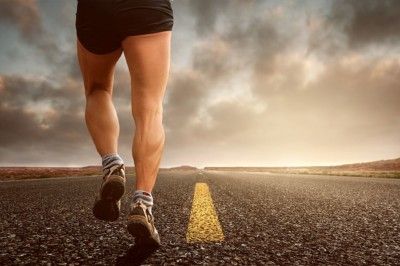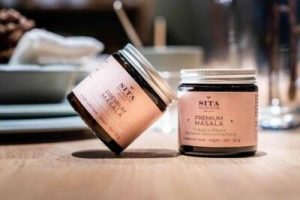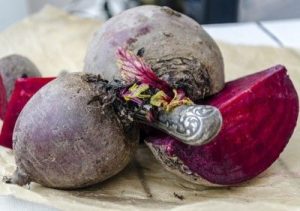Protect joints with the right supports in sports

Protecting joints: Bandages in sports
Especially in sports, the joints are often heavily stressed, because completely different forces act on them than in everyday life. The movements are usually abrupt in sports, so the ankles have to brake the body suddenly, for example, or catch a jump. In addition, many athletes concentrate on one type of sport, which often only puts one-sided strain on the joints.
Newcomers or athletes who only do their sport seasonally often complain of pain at the beginning of their return to training because they are not (or no longer) used to the stresses and strains. Preventive measures such as warming up and stretching are often forgotten or one’s own limits are ignored and too few regeneration phases are inserted.
Incorrect stresses are also a frequent cause of complaints. In the case of “permanent athletes”, on the other hand, it is overuse that leads to pain in the joints. The result: the risk of injury increases.
Relief for the joints
If you are prone to joint pain, in addition to good equipment, which is important anyway, such as the right footwear, supports such as this one from Bauerfeind can help prevent stinging in the knee, elbow, foot, etc. prevent.
They give more stability to the joints during heavy use and relieve them. Especially in the cold season, the warmth it provides can also have a prophylactic effect, as a warm joint is less susceptible to injury.
Thanks to their compression, they also prevent swelling, but do not restrict freedom of movement. Of course, bandages can not prevent injuries caused by external forces. If there is no injury, however, they should be worn exclusively during sports.
Bauerfeind supports after a sports injury
In an acute injury phase, on the other hand, one should not resort to a bandage in order to be able to continue to do sports. As hard as it may be, the only way to heal is to rest and take a break. However, with the help of a bandage, physiotherapy can be carefully started during the healing process in order to strengthen the ligaments and muscles again.
Here it can also be worn quietly all day, but gradually you should leave it off more and more. When you start doing sports again, it is also advisable to put on the bandage. Especially if there is chronic instability, one should not do without such support.
How does the support work??
It relieves, supports and protects the damaged joint, as well as the bones, thus relieving pain. The right bandage should fit comfortably and give the wearer a feeling of security. Due to the tightening and loosening of the muscle culture and the relative tightness with which it is applied, it creates compression.
The pads massage the underlying tissue, which increases blood circulation. In the case of inflammation, this promotes healing and swellings subside more quickly.
Good bandages are:
- breathable,
- sweat-free,
- wrinkle-free,
- antibacterial.
They should also be comfortable to wear. Most of them are available in different sizes. Therefore they should neither pinch nor slip. The bandages are also available in different designs with different closures. Some can be laced and others closed with Velcro fasteners, for example. Here you should test for yourself what suits you best.
In the case of bandages for the foot, it is also important to ensure that they fit well in the shoe and that the mobility of the foot is not restricted or that it presses somewhere.




